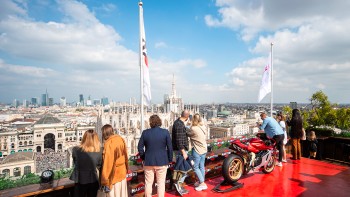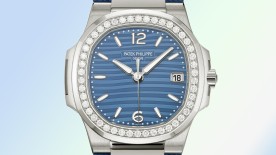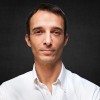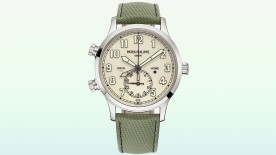The year 2024 has seen the rise of regional watch events that focused on the watch community, and Milano Watch Week was such an event, bringing horological sparkle to one of the style meccas of Europe. Organised by Italian Watch Spotter and supported by Milan’s greatest watch retailers, Milano Watch Week proved itself a smashing success and demonstrated the level of demand for this concept. Well-respected industry maven Edoardo Armentano is one-third of the triumvirate behind Italian Watch Spotter, and shared the journey of MWW with us, along with his hopes for the next edition. To read our initial coverage of Milano Watch Week, click here.
What was the inspiration behind organising the Milano Watch Week event, and how did the idea come about?
The inspiration for Milano Watch Week emerged from our desire to create an event that truly celebrates watchmaking as an art form, as well as a showcase of craftsmanship and innovation. We wanted to bring people together in an immersive environment that goes beyond traditional displays, creating an experience where enthusiasts and newcomers alike could interact closely with the people and the stories behind each watch. The idea came about as we saw an opportunity to fill a gap in Milan’s event landscape — an event focused on watches that resonated with the city’s deep roots in design, fashion, and style.
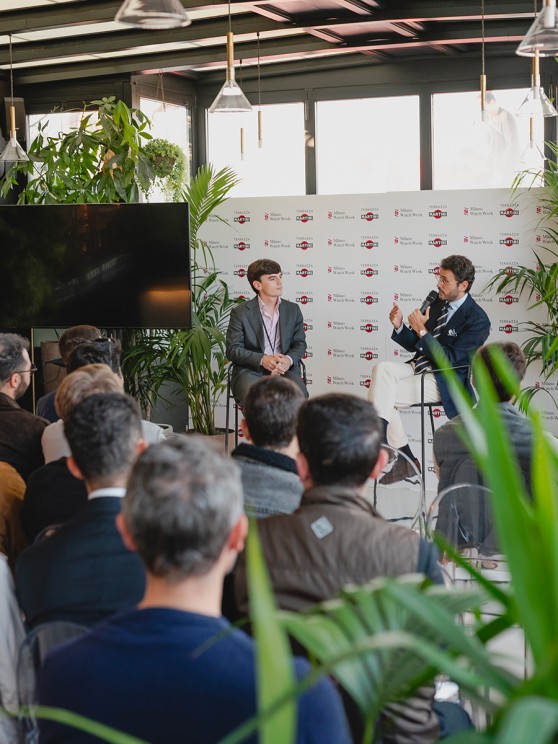
What were some of the key challenges you faced in planning and executing the first edition of the event?
Organising the first edition of Milano Watch Week presented a unique set of challenges, especially as it was the first event of its kind here. From selecting a venue that would complement the spirit of the event to coordinating with independent brands and managing logistics, each step required meticulous planning. One of the main challenges was ensuring a seamless integration of various brand styles and messages within the cohesive vision of Milano Watch Week. We had to be agile and creative to overcome these challenges, ensuring that every element worked together to deliver a memorable experience.
Why did you decide to focus on independent watch brands for this event, and how does that align with current market trends?
We chose to focus on independent watch brands because they embody innovation and passion within the watchmaking industry. These brands are not only on the cutting edge of design and technology but often have powerful stories of craftsmanship and dedication that resonate with today’s collectors and enthusiasts. The focus aligns with a broader market trend of consumers seeking authenticity and a closer connection to the creators behind the products they buy. By featuring independents, we aimed to give these brands the platform they deserve while also bringing a fresh and exciting perspective to attendees.
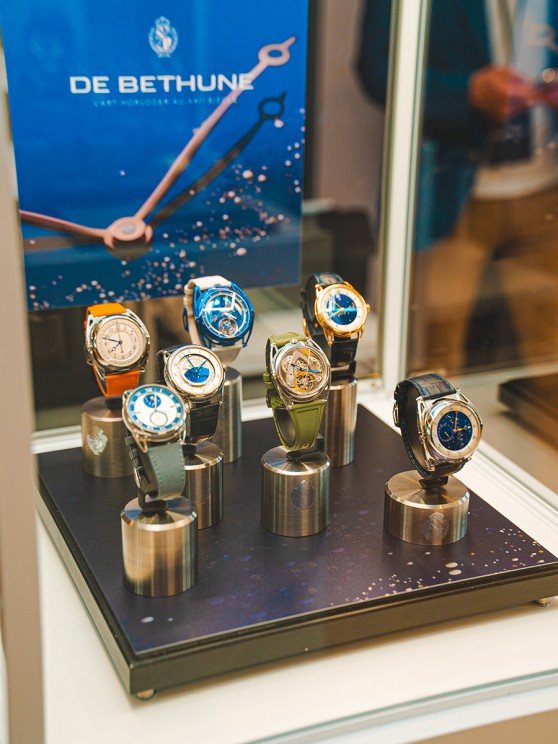
What makes Milano unique as a destination for watch enthusiasts, and how did you aim to capture the city's essence in the event?
Milan is a unique backdrop for a watch event, with its heritage in fashion, design, and art. The city has a certain sophistication and vibrancy that perfectly complements the world of watchmaking. In designing Milano Watch Week, we wanted to highlight this connection by hosting it in venues that reflect Milan’s character and by curating experiences that feel distinctively Milanese. From the design of the spaces to the surrounding cultural elements, we aimed to capture the essence of Milan, allowing attendees to feel as though they are part of the city’s heartbeat.
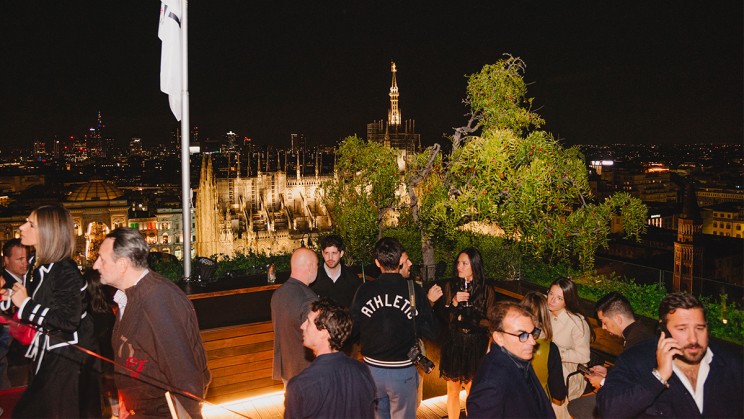
How do you see the role of collaboration and support within the watch industry, and how did that factor into your approach for Milano Watch Week?
Collaboration is crucial within the watch industry, especially when it comes to amplifying the voices of smaller, independent brands. In planning Milano Watch Week, we focused on building partnerships that aligned with our vision of creating an inclusive and vibrant platform for these brands. By working closely with brand founders, industry experts, and even fellow enthusiasts, we were able to foster a sense of community. This collaborative spirit was central to our approach and is something we believe strengthens the industry as a whole.
Looking back on the first edition, what are some of the key lessons learned, and what improvements or changes are you considering for future iterations of the event?
Reflecting on the first edition, we’ve learned a lot about the logistics and nuances of bringing together a diverse range of brands and enthusiasts in a cohesive event. One key lesson was the importance of feedback — listening to both attendees and exhibitors allowed us to identify areas for improvement, such as streamlining certain processes and enhancing interactive elements. For future events, we plan to expand upon these insights, adding more curated experiences and perhaps even exploring partnerships that will allow us to bring in a broader range of voices and innovations within the watch industry.
